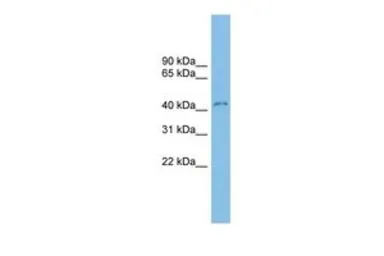CD299 antibody, Internal
Cat. No. GTX47032
Cat. No. GTX47032
-
HostRabbit
-
ClonalityPolyclonal
-
IsotypeIgG
-
ApplicationsWB
-
ReactivityHuman
